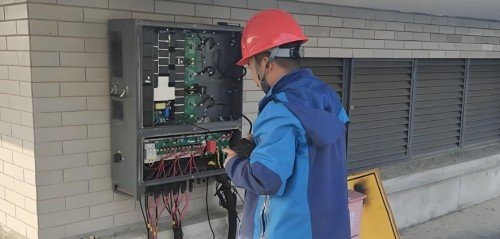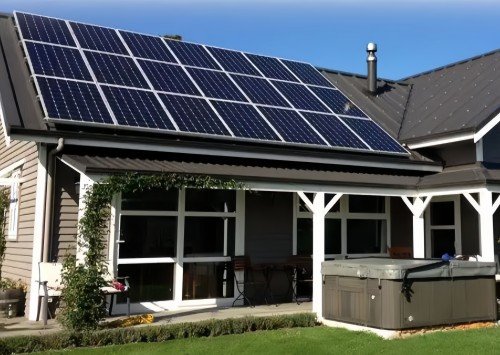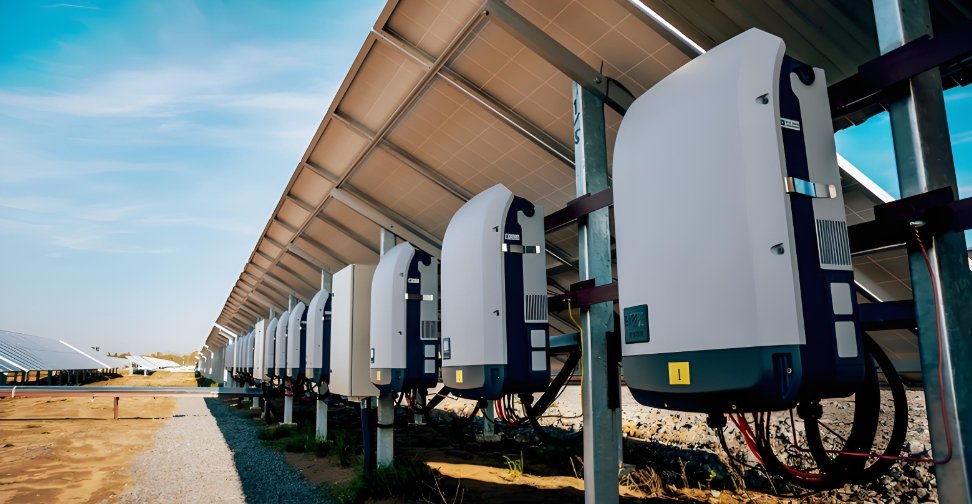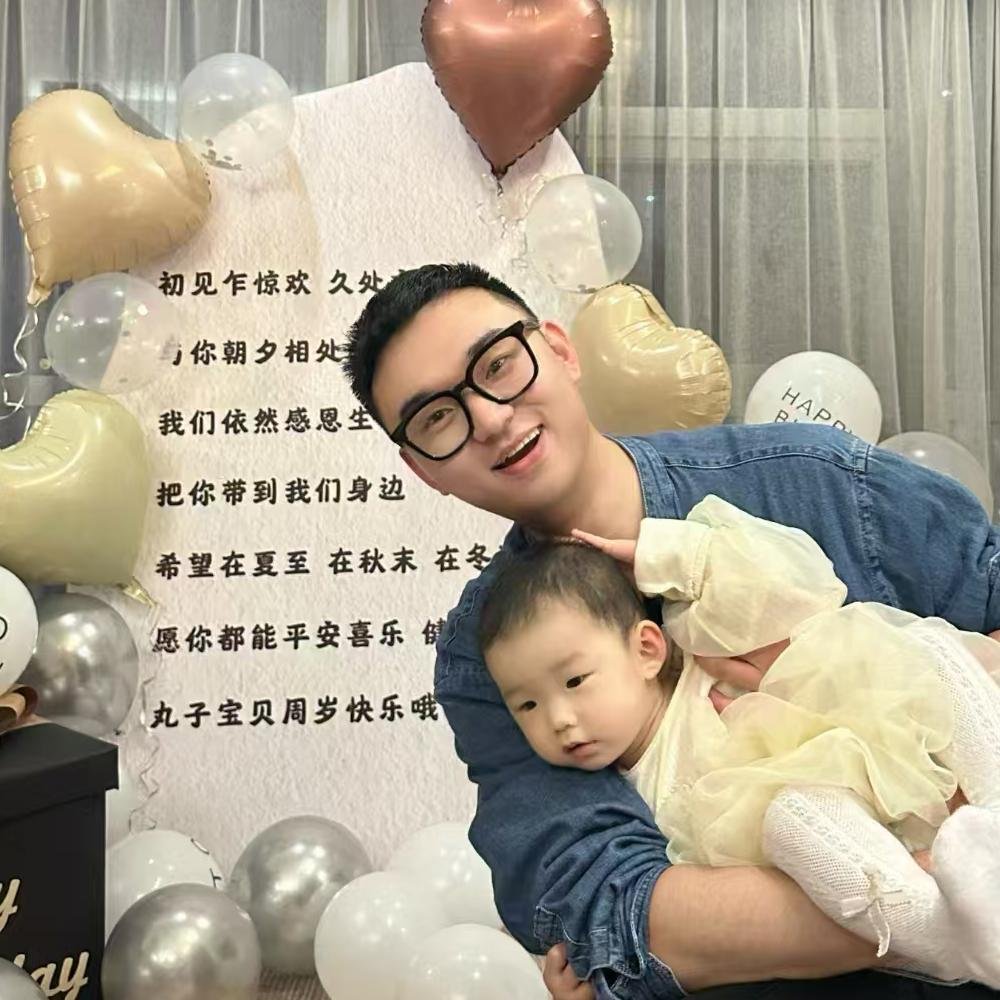While power inverters and solar panels are designed to work together seamlessly in most systems, improper installation, mismatched components, or equipment failure can lead to damage. Let’s break down the potential issues that can arise when a power inverter damages a solar panel, or vice versa, and how to prevent them.
Can a Power Inverter Damage a Solar Panel?
A power inverter is unlikely to damage a solar panel directly under normal circumstances, but certain issues can cause indirect damage. These include overvoltage, inverter malfunctions, or poor-quality equipment.

1. Overvoltage or Overcurrent Conditions
Issue: If an inverter malfunctions or isn’t properly matched to the solar panel system, it could output incorrect voltages or excessive current, leading to performance degradation or even damage to the panels.
How It Could Happen:
- If the inverter is improperly regulated, it might feed excess AC voltage back into the solar panel array, potentially damaging the panels.
-
A faulty inverter or poor connection could cause higher voltages than what the panels are designed to handle, which can result in panel degradation or failure.
Solution:
- Always ensure the inverter is correctly sized and rated for the specific solar panels used.
- Opt for an inverter with built-in overvoltage protection and current-limiting mechanisms to safeguard against such risks.
2. Inverter Malfunction or Poor Quality
Issue: A low-quality inverter with no built-in safety mechanisms can produce surges or voltage spikes, which may damage the solar panels or other system components.
Solution:
- Invest in high-quality inverters from reputable manufacturers that comply with international safety and performance standards like IEC 62109 (for inverters) or UL 1741 (for safety). This ensures a higher level of protection for your solar panel system.
Can a Solar Panel Damage a Power Inverter?
While it’s less common for a solar panel to damage a power inverter, improper configuration or a mismatch between panel and inverter specifications can cause problems.

1. Mismatch in Panel and Inverter Specifications
Issue: If the solar panels produce more voltage or current than the inverter can handle, it could lead to inverter failure or damage.
How It Could Happen:
- If the solar array exceeds the inverter’s voltage or current limits, it can overheat or damage the inverter’s internal components.
-
For example, if the panels produce more DC voltage than the inverter’s maximum input capacity, it could trigger a protection shutdown mode or cause internal damage to the inverter.
Solution:
- Always ensure the inverter is properly sized to match the solar panel system’s maximum power output. A good rule of thumb is to have an inverter that can handle at least 1.25 to 1.5 times the peak output of the solar array to allow for safety margins.
2. Reverse Polarity or Wiring Issues
Issue: Incorrect wiring during installation, such as reverse polarity or loose connections, can damage the inverter. This is especially common when the positive and negative connections are swapped.
How It Could Happen:
- If the DC input from the solar panels is reversed (positive and negative connections swapped), it can damage the inverter, as it expects the current to flow in one direction.
-
Loose connections or poor wiring can cause voltage fluctuations or power surges that might damage the inverter’s circuits.
Solution:
- Double-check all wiring to ensure the positive and negative connections are correct.
- Follow the inverter and solar panel manufacturer's wiring guidelines, and consider using polarity protection devices to avoid these issues.
General Considerations to Prevent Damage
To ensure that neither the inverter nor the solar panels damage each other, take these steps for proper system setup and maintenance:

1. Proper Sizing
- Ensure the inverter is correctly sized for the solar panel system, capable of handling the maximum power output without exceeding its rated capacity.
2. Overvoltage Protection
- Use overvoltage protection devices on both the solar panels and the inverter to prevent damage from sudden voltage spikes.
3. Regular Maintenance
- Conduct routine checks of your system, inspecting components for wear, loose connections, or signs of overheating. This ensures the system is operating at its best.
4. Qualified Installers
- Hire professional installers with experience in solar power systems to avoid issues such as reverse polarity, wiring mistakes, or improper installation.
Conclusion
Under normal conditions, a power inverter will not damage a solar panel, and a solar panel will not damage a power inverter. However, improper sizing, installation errors, and malfunctioning components can cause damage to either one or both. By ensuring your system is properly designed, installed, and maintained, you can avoid these risks and enjoy reliable performance from both the solar panels and the inverter.




